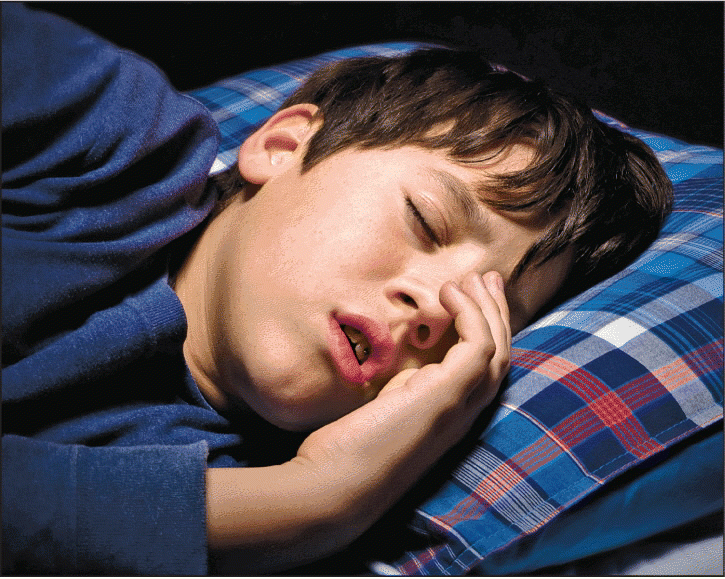A common argument supporting the use of PSG is that clinical evaluation alone is poor at distinguishing OSA from primary snoring. However, one meta-analysis of PSG studies found that 11 out of 12 (studies) concluded that a clinical evaluation was poor at distinguishing the two entities; however, four of the 11 used adult criteria of more than five respiratory events an hour. In one study, the criteria were not specified, and in another there was no control group. These studies may underestimate the incidence of symptomatic OSA, he said.
Explore This Issue
December 2009
Dr. Yellon cited several studies that showed that both children with OSA and those with primary snoring experience improvements after undergoing adenotonsillectomy. If both benefit, then PSG is not really needed. Indeed, primary snoring and upper airway resistance syndrome without OSA appear to be detrimental to health. And adenotonsillectomy results in significant improvements for quality of life, he said.
Some in the field argue that a preop PSG can diagnose and quantify OSA and be used to predict postop morbidity. This can be countered by the fact that postoperative monitoring can identify patients at risk for respiratory complications, which is demonstrated in some studies, he said. But some groups of children do need a PSG, such as children under three years of age who have severe preoperative respiratory disturbances.
History and physical exam is the initial step to establish the diagnosis of sleep-disordered breathing. If the child has snoring, gasping, struggling to breathe, and pauses, and daytime fatigue, attention deficit disorder, hyperactivity, emotional lability, and poor weight gain, or at least some or most of these criteria and you see enlarged tonsils, you can proceed with a adenotonsillectomy, he said.
Resolved: Mandibular distraction is the standard of care for the management of airway obstruction in the neonate with retrognathia.
Pro: David Tunkel, MD, Associate Professor of Otolaryngology-Head and Neck Surgery and Pediatrics, Johns Hopkins University.
Retrognathia is an issue with which many pediatric otolaryngologists struggle. Children present with an evident defect, yet studies show that over time many cases resolve spontaneously. Dr. Tunkel noted that there is a wide variation in children, especially neonates, with upper airway obstruction from retrognathia. They differ in the size, shape, the position of the mandible and the tongue, and more.
Leave a Reply